3 Steps to Become a Passionate Teacher
Are you a passionate math teacher – science, reading, writing teacher? Or is there some content you teach just because it’s part of the elementary curriculum? I get it! I was right there with you. You can’t be an expert at everything. You can’t be passionate about all subjects. Can you?
GROWING UP
As a very young child, I loved messing around with words. They were fun. I frequently created similes. Of course, I was much too young to know they were similes.
I grew up in north Louisiana. It was always hot and humid. So, I would say things like, “I’m hot as a firecracker”, I’m burning up like a cigarette”, or “I’m air wading”. Just saying, “I’m hot”, or “It’s really humid,” didn’t seem enough to capture how I felt. Making things up was fun, and it made people laugh.
When I was in second grade, we had spelling as a taught subject for the first time. I loved spelling. You could put letters together on your own! You could make up your own words – like mathing 🤓- when there just wasn’t a word to capture how you really felt or what you wanted to explain.
I decided right then that I wanted to be a second-grade teacher and teach spelling. Not reading, but spelling. I wanted to teach others how to have fun with letters and create their own words.
BEING A TEACHER
When I became a teacher, I was passionate about teaching spelling. It had stuck with me. In my university classes, I had also developed a love for teaching reading. I loved how you could break words apart to learn how to “read” them. It was like breaking apart individual words spelling.
My first four years of teaching, I taught first grade and then, yes, second grade and spelling – my true passion!
Of course, teaching in the primary grades included teaching all subjects, not just spelling and reading. I knew I was a good reading teacher because most of my students enjoyed reading and teaching reading just felt right. I had taken extra science classes not required for my degree. So science was also fun to teach and my students felt my connection to it.
But then, there was math. I liked math. I had really enjoyed and excelled in my algebra classes. But, at that point in our math curriculum, there was no algebra. And I was not a passionate math teacher. Frankly, it was boring. It was not fun to teach, and my students felt that as well. I tried to be upbeat when math time rolled around. I didn’t dread it, I just didn’t know how to teach math in a meaningful and fun way. For reading, I had strategies and it was fun, but mathing just wasn’t.
FINDING MY TEACHING PASSION
While most of my students were reading and comprehending, math was a different story. Their abilities and understandings were all over the place. Some had an intuitive sense about numbers and their relationships. Some were still learning to count to 100 and had no sense of how numbers fit together, how we used numbers every day, how to add beyond 2 + 2. And . . . I had no strategies for differentiating or for being a passionate math teacher. I just followed the curriculum and hoped they would all “catch-on” and “catch-up”. It was exhausting and definitely not fun for me or for them.
A new teacher training became available and my district offered to send some primary teachers. The training was about how to differentiate in the math class. I wanted to be a passionate math teacher but knew that I wasn’t. I knew I needed help and maybe this would ignite my mathematics teaching. So, I quickly volunteered and was accepted.
The training was a breakthrough for me. There were manipulatives. There were steps to the learning. You could break the math learning into small chunks similarly to teaching spelling and reading! I was hooked!
DISCOVERING WHY IT WAS MY PASSION
At some point along the way, I realized that was my passion. It was about breaking learning into small chunks. It was why I loved similes at an early age, why I loved spelling, and why I enjoyed teaching reading and science. In many ways, all of these are like putting the pieces of a puzzle together to create the big picture.
My math teaching had been all about “just do this”. It was without understanding or the small chunks that created the “just do this”. But now I was motivated to teach math with a passion and I became a passionate math teacher.
BECOMING A PASSIONATE MATH TEACHER
STEP 1 – FIND YOUR PASSION
Take some time to think about what you love. Is it nature, sports, reading, crafts, art, music? If you can’t put your finger on anything that you feel passionate about, decide what is fun for you and what you enjoy doing.
How do you see things? Do you see the big picture first? Or are you like me and see the small pieces first that lead to the big picture. Knowing this about yourself is the first step in finding your passion.
STEP 2 – WHY IS IT YOUR PASSION?
It took me many years to figure out WHY I loved spelling, metaphors, Sudoku, algebra. What do they have in common? They seem totally different and separate. But the one thing linking them to me and my thinking was right there in front of me, it just took me a while to see it. It’s the pieces. It’s breaking things apart into the small portions that connect them. The “learning chunks”. It’s “the why” I found my passion for teaching math. Through the use of manipulatives, I could finally “see” the small learning pieces that created the big picture of mathing for me.
STEP 3 – USING YOUR PASSION
Once you know your passion and you know why it’s your passion – use it!
As a math specialist, I worked with a third-grade teacher named Glenda. Glenda was a good teacher. She liked teaching language arts and it showed. When she taught math, I could tell her heart wasn’t in it. The enthusiasm she had in her LA lessons were missing. She was just going through the motions. While here kids were learning, they were not excelling in math. But, it was there. I could see the ability. She was really close to being a great teacher.
What was her passion? Art! She loved art. Why? She loved the beauty of art. She loved the self-expression, the creativity, and the visual clarity that art brought to life.
So-o-o, we used it. I introduced her to tessellations through M. C. Escher and his works – to the connections between art and math, to the beauty of the Fibonacci Sequence, the Golden Ratio, and the art, patterns, and connections to nature. She could intuitively see not only the basic things like measuring, lines, and angles but the intricacies of how art could be described using math.
“If nothing else, the visual art will serve as a mental peg for remembering the math concepts.”
The transformation in her math classroom was truly amazing. Her passion had given her teaching of mathematics purpose and excitement.
Glenda became one of our best and most passionate mathematics teachers. It was a true pleasure to watch her teach math. Her kids not only excelled, but they loved math just like she did. There was a purpose, meaning, and beauty in her teaching. She motivated other teachers when she shared the story of her journey as a math teacher.
Find your passion. Do a deep dive into it. Break it apart. Put it back together. Figure out “the why”. Then use it to teach everything you teach in a passionate and “loving it” way. Be the best teacher you can be no matter what subject you are teaching.
BE PASSIONATE! INSPIRE! MOTIVATE!
AND . . .



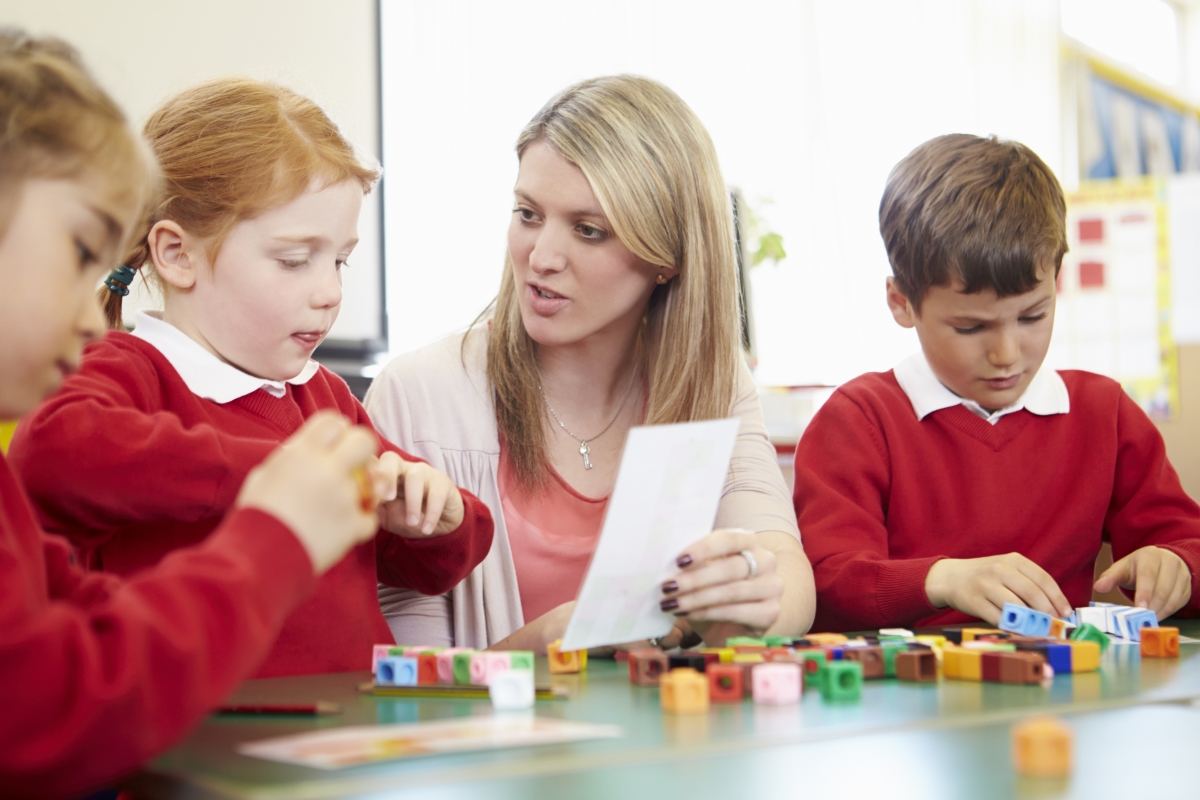



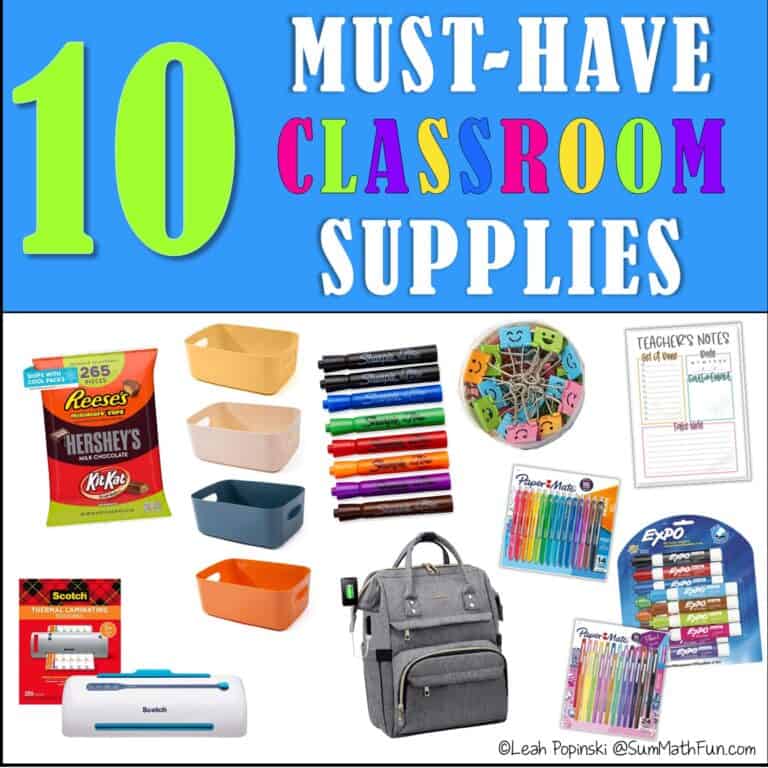



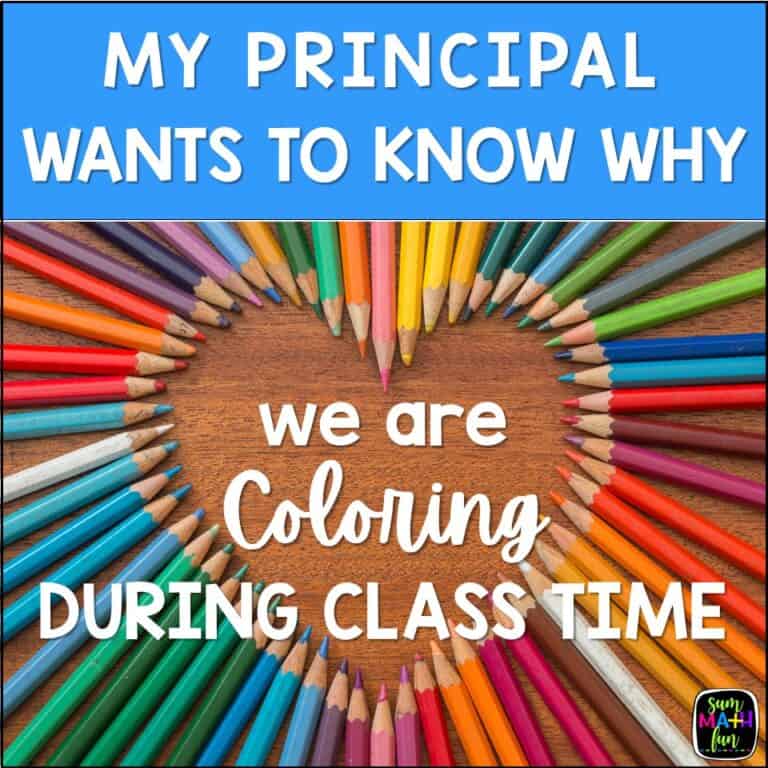
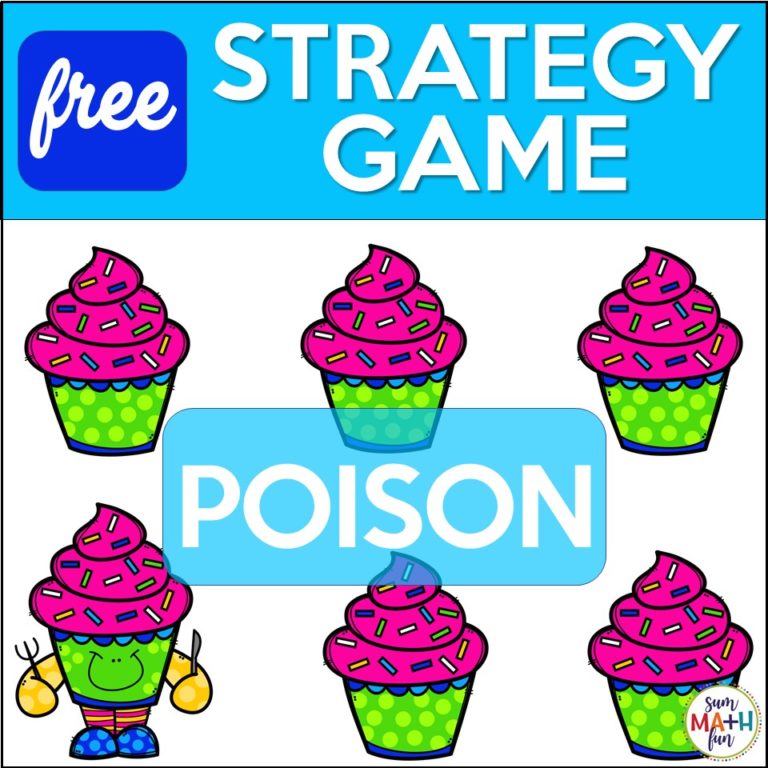
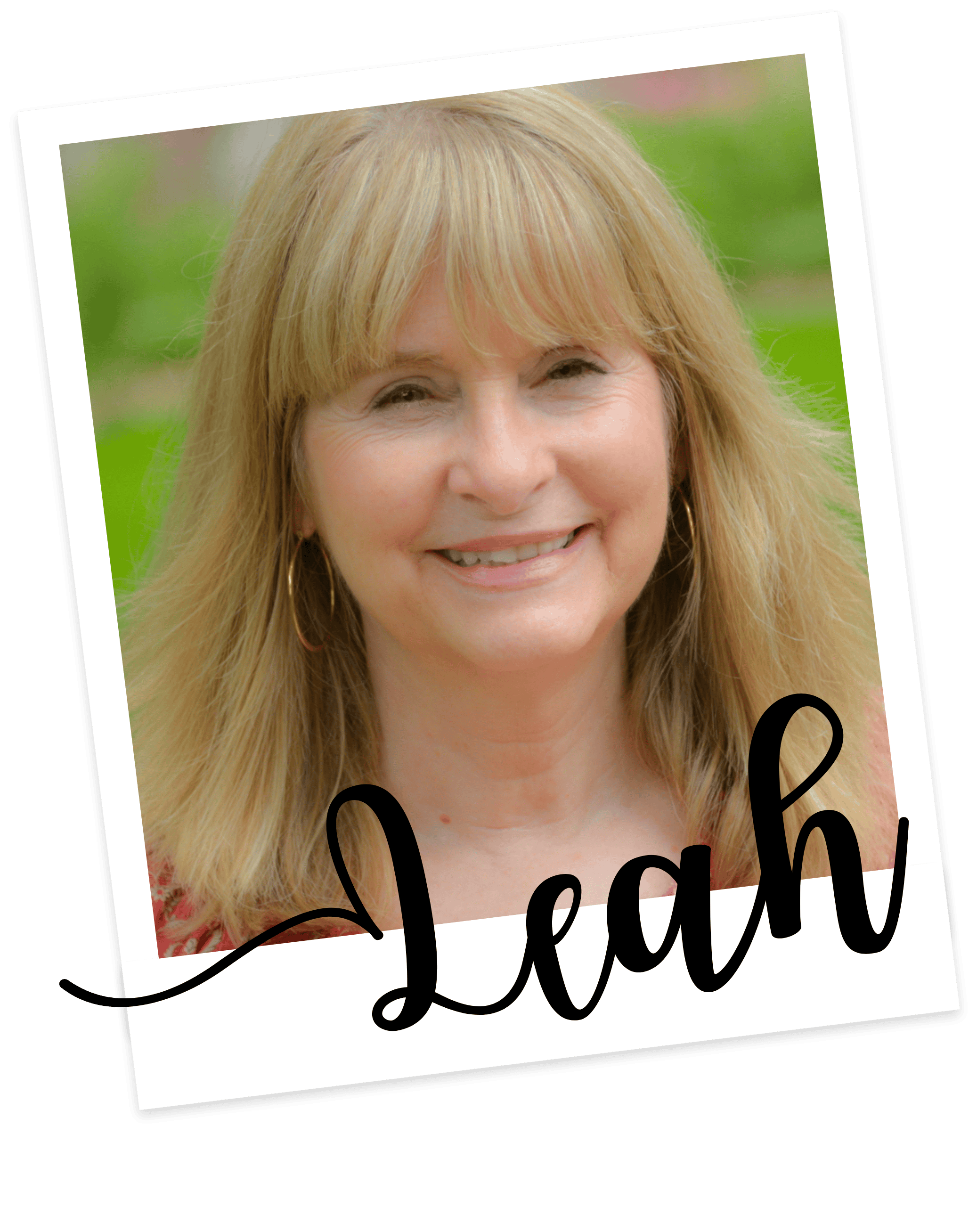
I would love to have resources for the steps of mathematical learning for the students. I have a second grade ld classroom with the lowest math students I have ever had. I have usually taught 2nd grade enrichment.
That would be a huge gap from what you’re used to, Holly. Could you email at [email protected]? I have some ideas for you.
Your ideas are so inspiring. Thanks for sharing!
Thank you so much, Sophia. I really appreciate your encouragement!
I really enjoyed reading this Leah. It is so true that teachers need to find their passion and I love the way you are helping teachers use their passion to teach math. As a k-5 district math coach this is one of my goals. To get teachers to realize they can teach math even if they don’t like it.
Thank you, Michelle. I’m sure with your energy and personal enthusiasm, your goal of helping all teachers know they can teach math effectively will be easily reached. I’m so glad they have you for support!
How to signup pls
Hi, Natasha! You can sign up by clicking the blue picture at the end of the post above or on the home page. You’ll see a red bar that asks for your first name, the grade level you teach, and your email. Just fill those in and then click “Sign Me Up!” You will be good to go. You’ll receive access to over 70 freebies plus a new freebie each week in the email I send out to subscribers! If you ever have any questions or special needs, you can always email me: [email protected]
-Leah